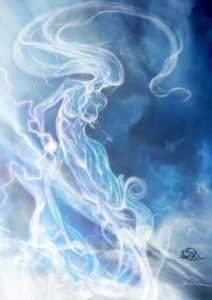
A while back I’ve seen someone describe elementals in Dungeons & Dragons as fundamentally boring. I think they are really cool, but what is it that they rally have going for themselves? When you look at their description in the Monster Manuals and Expert Sets, really all that you get is a description of how they look and their abilities in combat. And that’s really everything there is about them. What little there is about their role in the wider world makes them appear more like mindless temporary golems controlled by wizards than actual nature spirits. I have to agree. Elementals in Dungeons & Dragons are super lame.
Yeah, well… I’m gonna go build my own fantasy setting. With blackjack and cool elementals!
Elementals
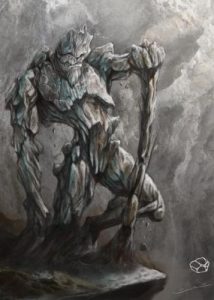
Elementals are the oldest and most numerous of the spirits inhabiting the Spiritworld. Even more so than the spirits of trees and animals, they are the spirits of the land, sea, rivers, and sky themselves. They have no shape or form of their own, but wherever the elements are present there are also elemental spirits inhabiting them in the Spiritworld. Whenever they have a need to interact with the physical world around them they can manifest a body shaped from their element. Weapons can not damage water and fire and even when rock is crushed an earth elemental can maintain a body made from rubble. The only ways to deal any harm to an elemental spirit are magic and the elements themselves. Dousing fire with water or turning water into steam with extreme heat can overwhelm the power of an elemental spirit, causing it to lose its hold over its physical form and disappearing back into the environment to recover its strength. Like all spirits, elementals are hurt by iron as well, but bronze, wood, and stone have no effect on them whatsoever.

Elementals don’t have any needs as living creatures would understand them or even desires like the shie, naga, and raksha. They are eternal beings as old as the world itself, who will probably continue to exist until the end of time, long after all people, beasts, and other nature spirits will be gone. Yet they are not mindless forces of nature, nor completely devoid of emotions. The main priority pursued by elementals is to be left in peace. The one thing that drives them into furious rage are disturbances of their comfortable quiet. However what costitutes a disturbance to these enigmatic beings is never clear to tell. The presence of beasts large and small is a constant and regular occurence throughout all the world and most of the time elementals make no distinguishment between people and animals. The affairs of mortals are of no relevance to them and so they are generally ignored by elementals. However, their apparent peacefulness can very quickly turn into determined agression by causing a commotion in their vicinity or merely getting to close for their comfort.
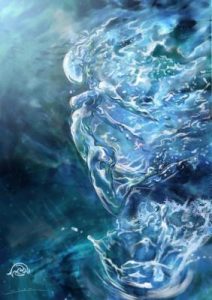
While elementals usually don’t talk to other creatures they are capable of speech, speaking in the languages of spirits of the earth, water, and sky. They simply lack any desire to communicate with other beings. But when approached with care by a shaman they can be drawn into a conversation and reveal themselves to be quite intelligent creatures of great wisdom, though much of it has little meaning to the short lives of mortal beings. When interacting with people, elementals often take a vaguely humanoid shape but they can also assume forms resembling various great beasts or simply appear as rolling clouds or bulges of water. The minds of elementals are nearly as alien as those of the ancients that predate the formation of the world, but being a fundamental part of the natural world their presence has none of their warping and corrupting effects on the land and creatures around them.
Lesser Elemental
XP: 500
No. Appearing: 1 (1)
Armor: 19
Move: 120′
Air: Fly 240′
Earth: Climb 60′
Fire: Fly 120′
Water: Swim 180′
Hit Dice: 6 (27 hp)
Attack: Slam 1d6
Earth: Slam 1d8
Fire: Slam 1d6 fire
Saving Throws
Paralysis: 12
Poison: 10
Breath: 13
Device: 11
Magic: 14
Morale: 10
Special: No damage from bronze, wood, and stone weapons and natural attacks. Full damage from iron weapons. Half damage from cold, fire, and lightning.
Fire: No damage from fire, normal damage from cold.
Greater Elemental
XP: 1,200
No. Appearing: 1 (1)
Armor: 21
Move: 120′
Air: Fly 240′
Earth: Climb 60′
Fire: Fly 120′
Water: Swim 180′
Hit Dice: 8 (36 hp)
Attack: Slam 1d8
Earth: Slam 2d6
Fire: Slam 1d8 fire
Saving Throws
Paralysis: 10
Poison: 8
Breath: 11
Device: 9
Magic: 12
Morale: 10
Special: No damage from bronze, wood, and stone weapons and natural attacks. Full damage from iron weapons. Half damage from cold, fire, and lightning.
Fire: No damage from fire, normal damage from cold.
Elder Elemental
XP: 1,900
No. Appearing: 1 (1)
Armor: 23
Move: 120′
Air: Fly 240′
Earth: Climb 60′
Fire: Fly 120′
Water: Swim 180′
Hit Dice: 12 (54 hp)
Attack: Slam 2d6
Earth: Slam 2d8
Fire: Slam 2d6 fire
Saving Throws
Paralysis: 8
Poison: 6
Breath: 9
Device: 7
Magic: 10
Morale: 10
Special: No damage from bronze, wood, and stone weapons and natural attacks. Full damage from iron weapons. Half damage from cold, fire, and lightning.
Fire: No damage from fire, normal damage from cold.

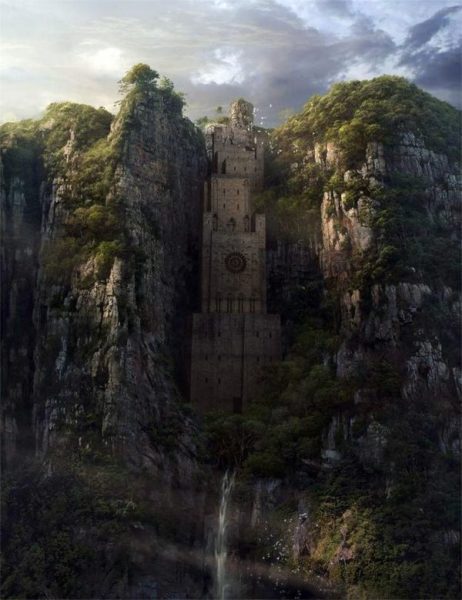
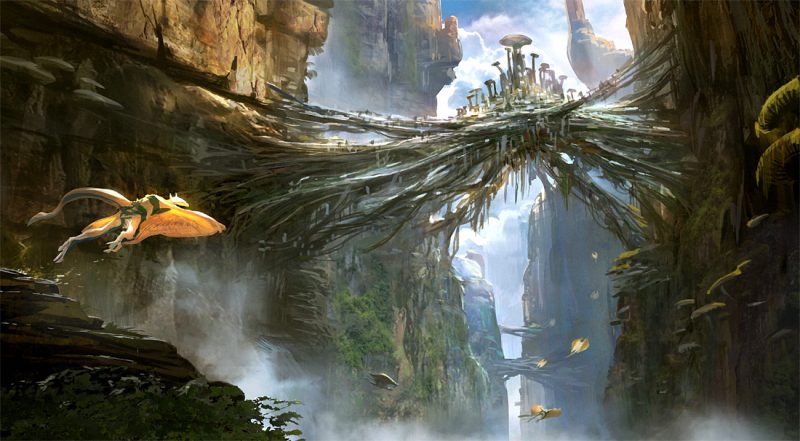
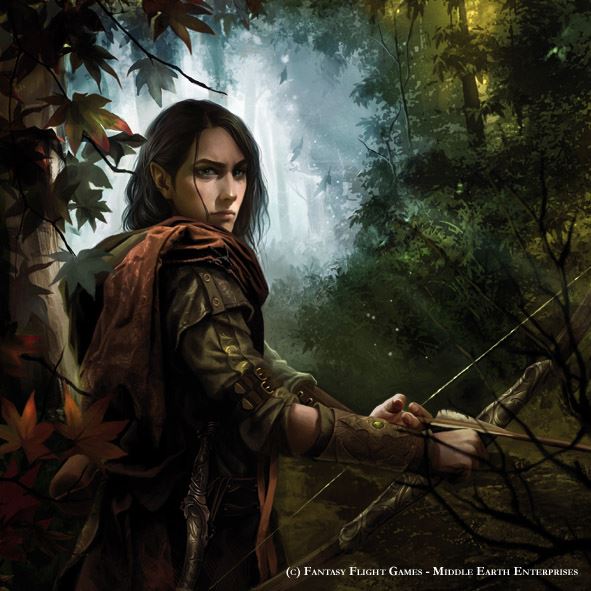
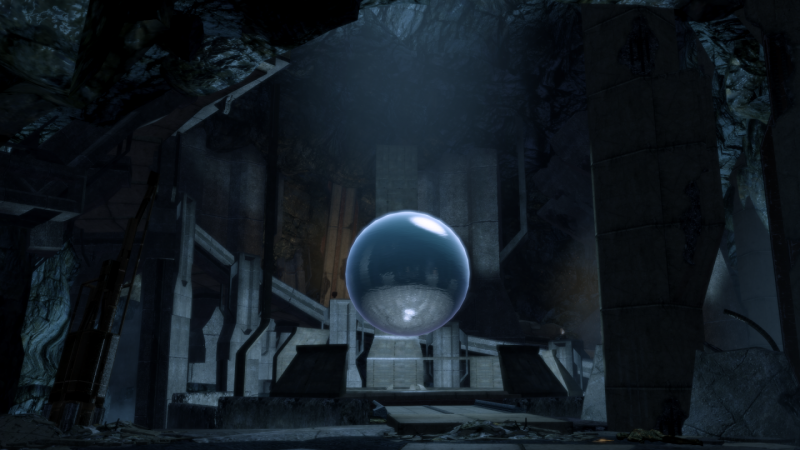
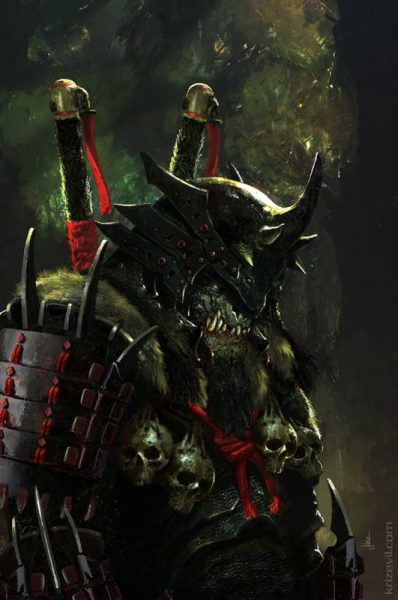
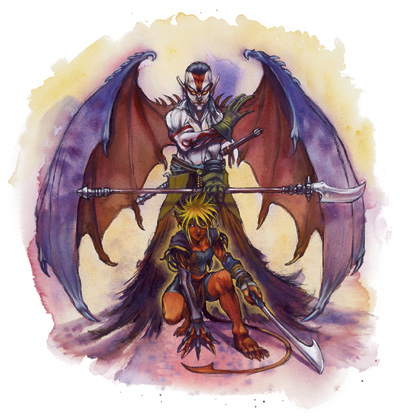
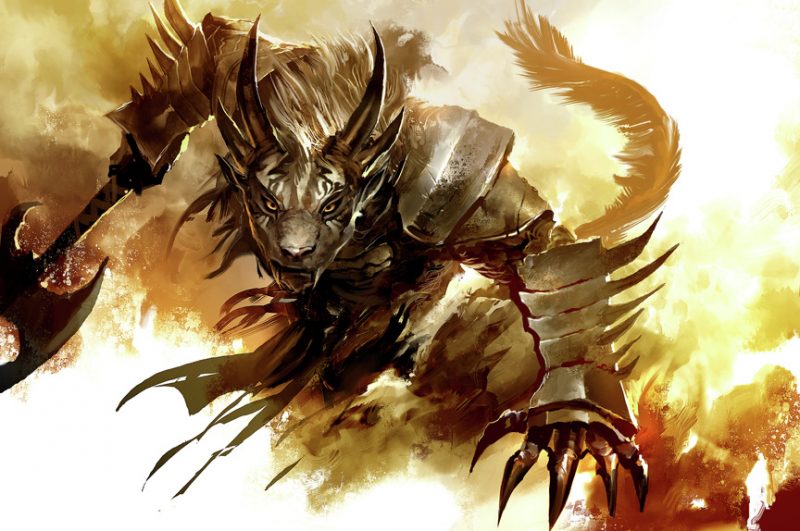
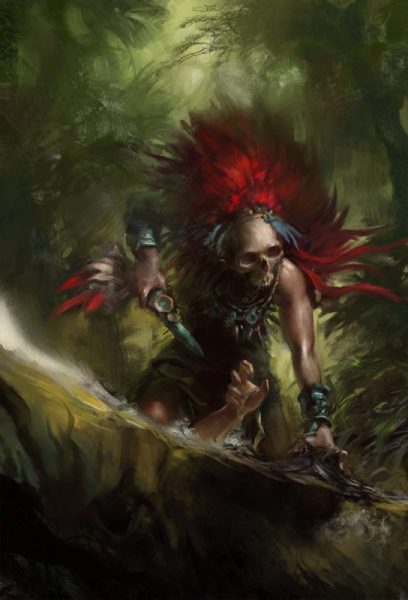
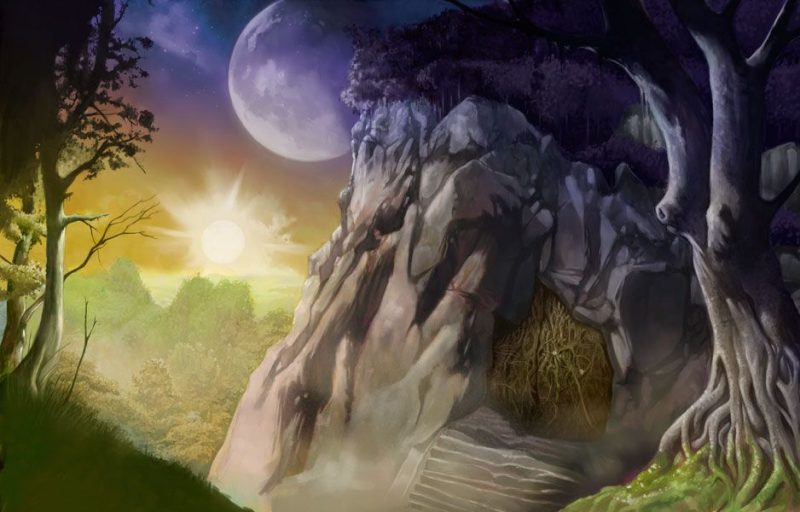
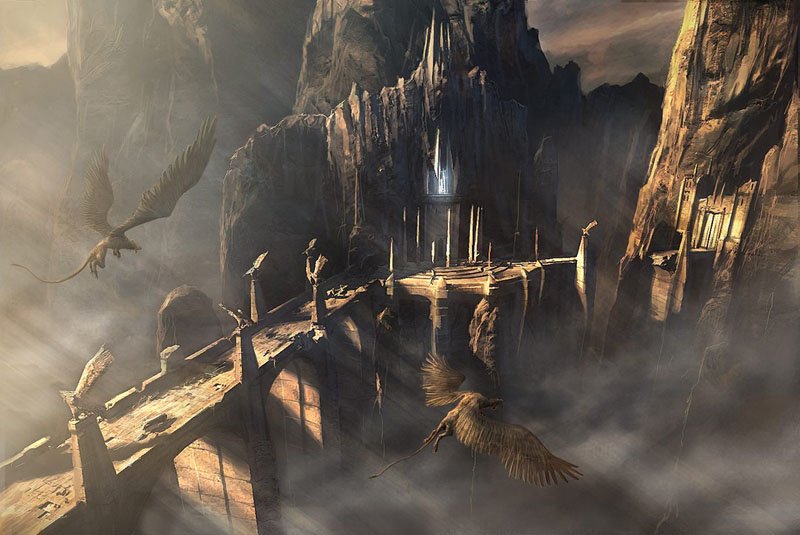
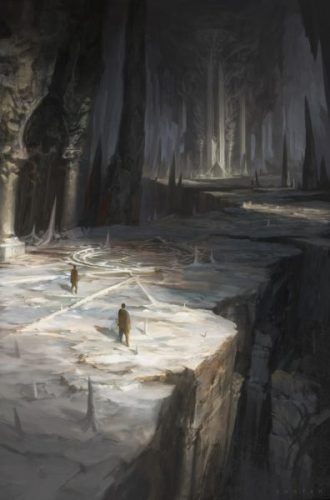 Early D&D* was an exploration game, not a combat game.
Early D&D* was an exploration game, not a combat game.